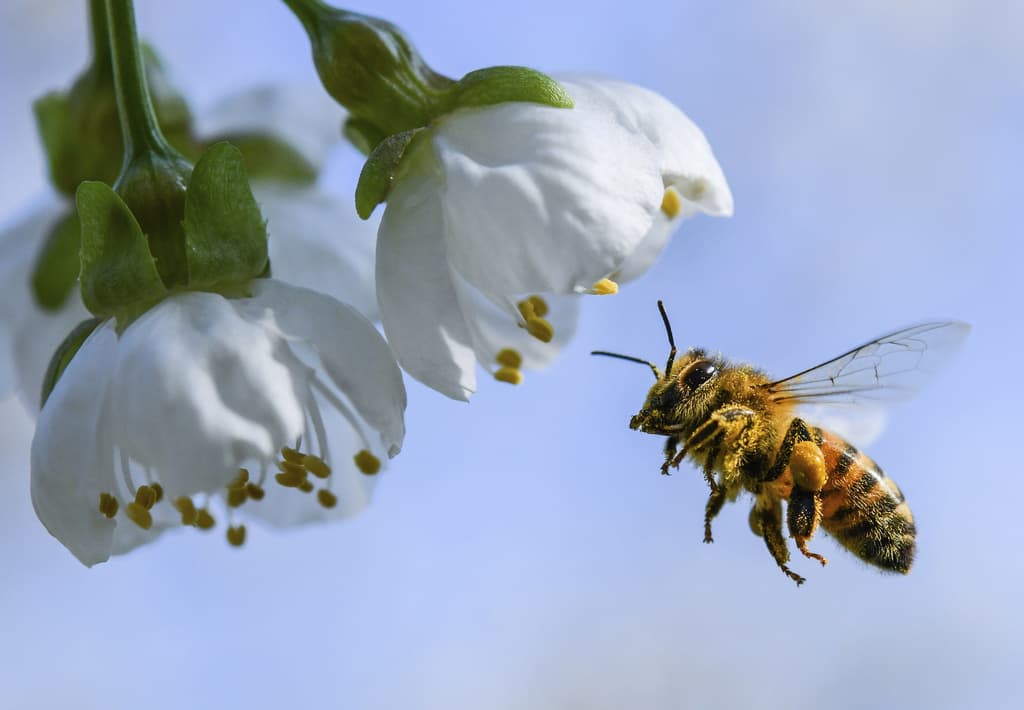The secret seems to lie in the bacterial flora in the bees' stomachs. The bacteria help regulate the bees' blood sugar levels. Now, researchers in China have studied this in detail and been able to map out how it happens.
Despite the fact that honeybees consume sugar up to 60 percent of their body weight, it is rare for them to develop any form of metabolic diseases, such as diabetes-like conditions, according to the researchers.
When the researchers altered the gut flora of certain bees, their metabolism changed. The researchers saw that in bees with weakened bacterial flora, the genes that control a certain hormone were affected. This involves what is called insulin-like peptide.
These bees also began to develop what the researchers liken to type 1 diabetes in humans. Among other things, they got higher blood sugar and changes in metabolism and fat storage.
The researchers, who have published their findings in the scientific journal PNAS, identified a particular type of bacteria, Lactobacillus Firm-5, as crucial.
"The mapping contributes to showing the interaction between the gut flora and metabolism in honeybees," they write in a comment.





